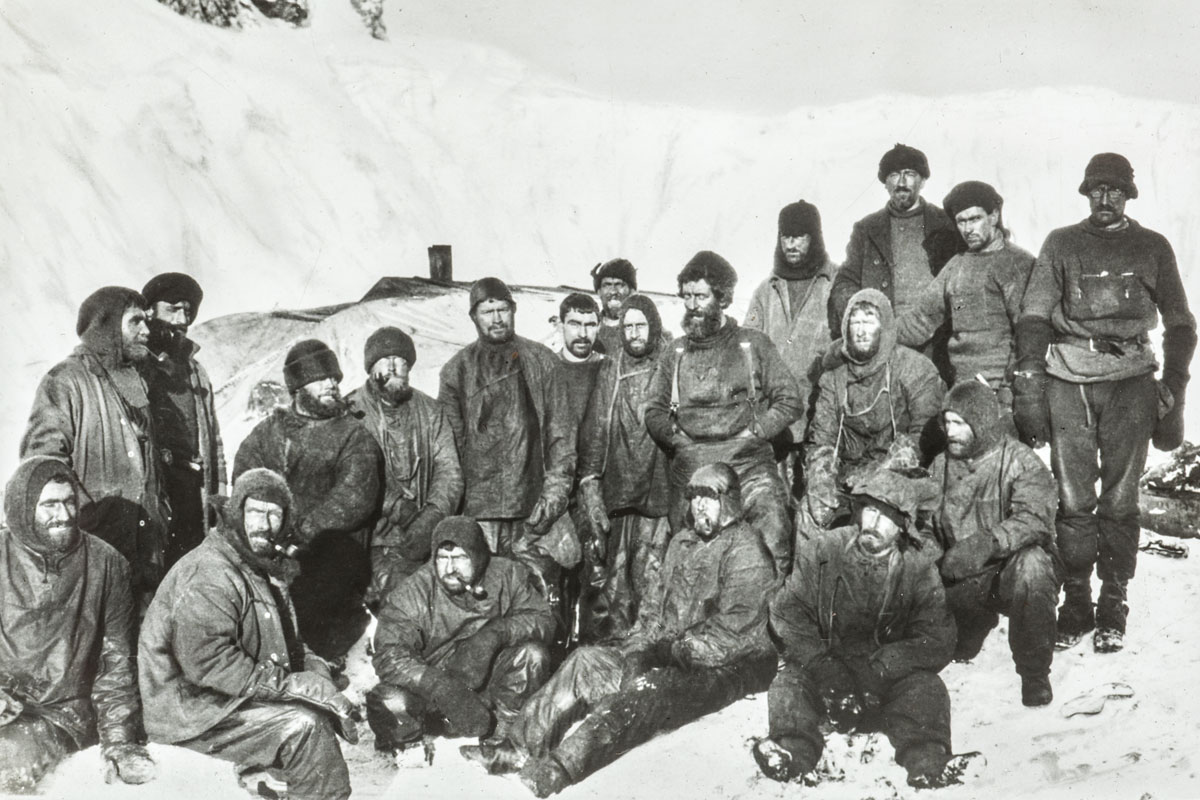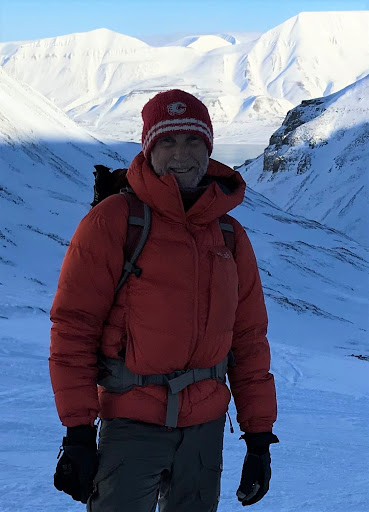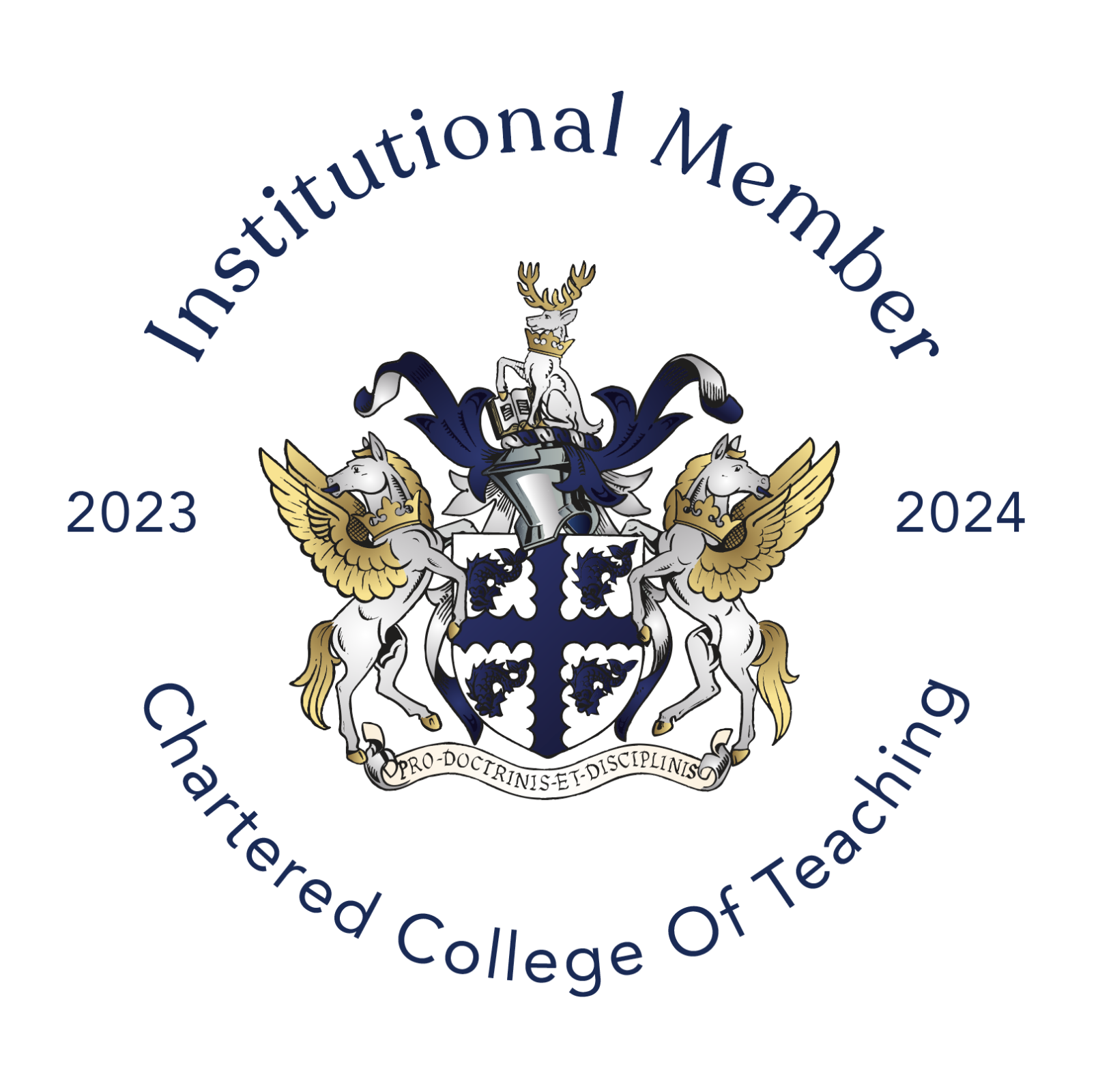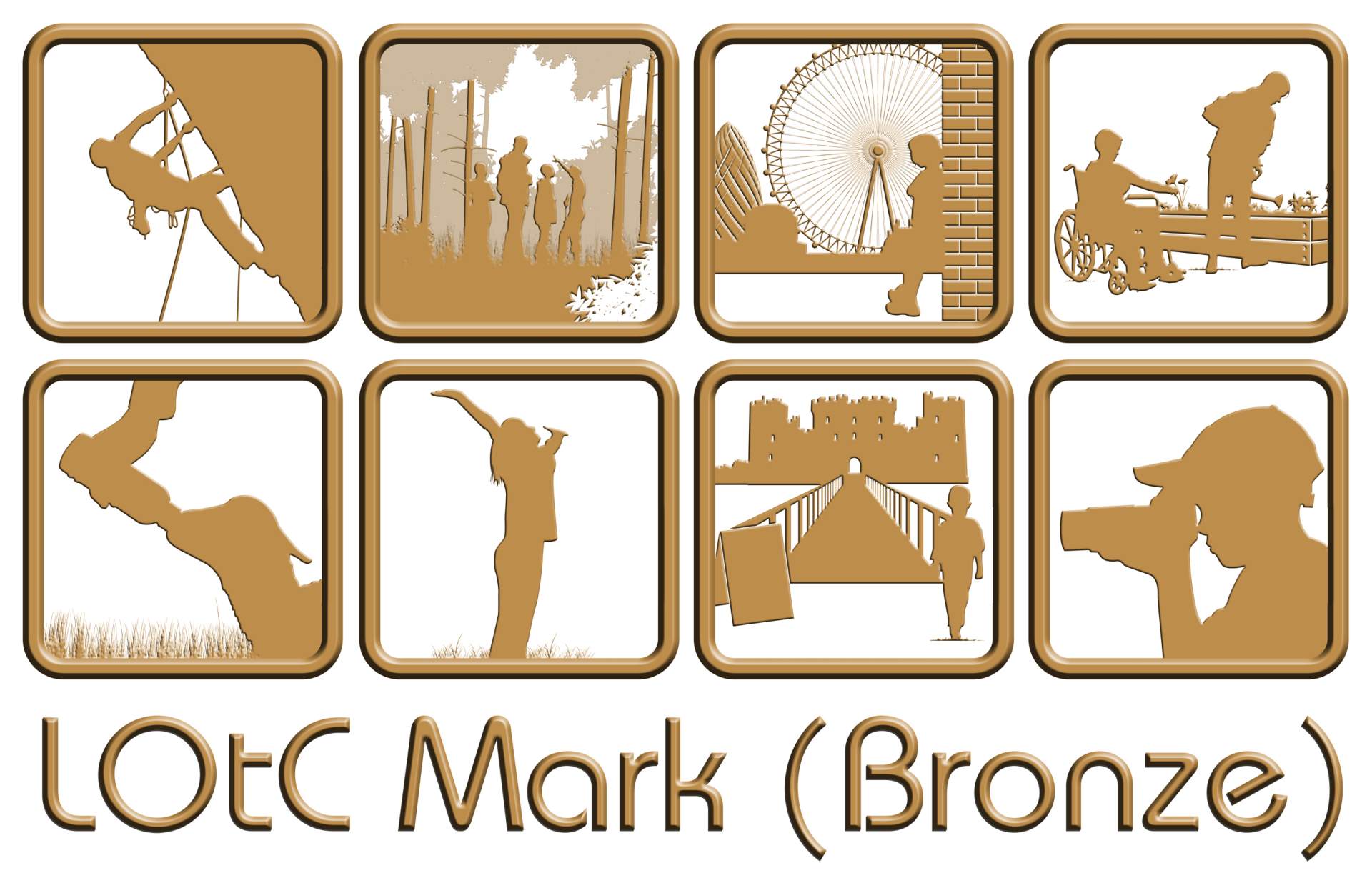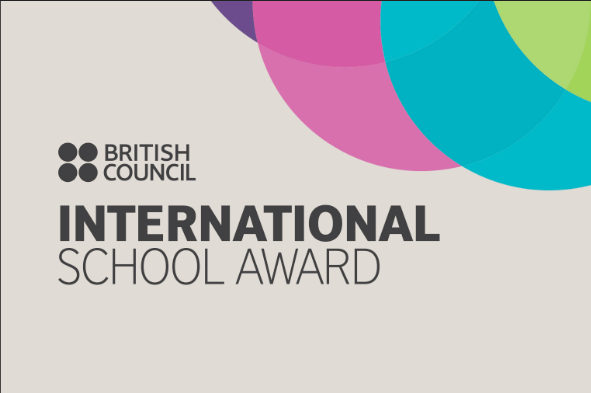Year 2 History
Transport in Norwich: Lakenham Way
Year 2 started their Enquiry into the Railways in Norwich by walking Lakenham Way – a footpath near school. We saw lots of signs that Lakenham Way used to be a Victorian railway including buttresses and bridge. We also saw the modern trainline, and were lucky enough to see two electric trains, one on the way to London and one on the way back to Norwich. When we got back to school we looked at the route on Google Earth and at some amazing pictures showing Victorian Norwich on top of Modern Norwich.
Year 2 continued their Enquiry into Lakenham Way and transport in Norwich by thinking about what we know now and what we want to find out.
• Why did the stations close?
• Where did Lakenham Way go?
• Why were the tracks pulled up?
• How do trains work?
We started by thinking about the station which was at the start of Lakenham Way: Victoria Station. We learned that this opened in 1849 on the site of a circus and that the Big Top became part of the ticket office. We then learned that it closed in 1916 because a new train track was opened between London and the Lakenham Way line. This made us think about which stations had opened in Norwich and which closed.
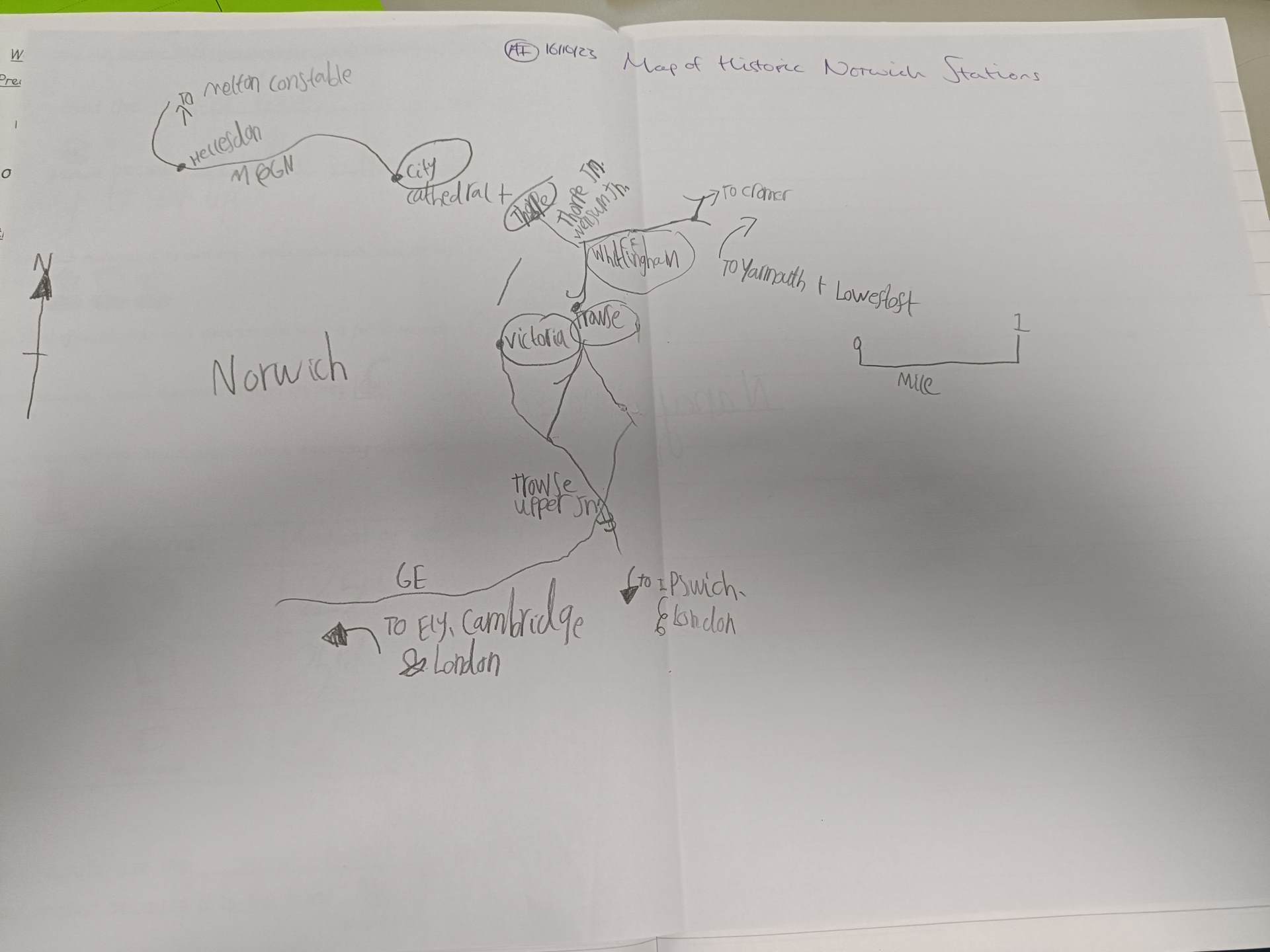
We then learned about George Stephenson, the founding father of locomotives and what a significant figure he is in the history of transport. We also learned that he has a historical connection to Norwich in the fact that he and his son Robert were both chairmen of the company that built Norwich Thorpe train station and the original track that went to Reedham. We also begun to create timelines of the history of trains, looking at how they have evolved over time.
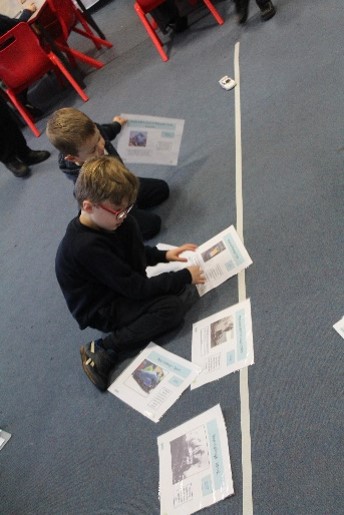
Polar Worlds: Shackleton Enquiry
In the second half of the Spring Term, Year 2 immersed themselves in an Enquiry into Earnest Shackleton. They developed their sense of chronology by using terms connected with time and placing events from the Endurance Expedition onto a time line. They used pictures, films and recounts (both first hand and second hand) of the Expedition and crew members to build knowledge and understanding of aspects of the past beyond living memory, and to recognise that there are reasons why people in the past acted as they did. We role played the Expedition and held debates and a Conscience Alley to decide whether Shackleton was right to leave 22 of the men on Elephant Island and venture to South Georgia. We then contrasted Shackleton's 1900s expedition with a modern expedition through a visit from real life explorer Adrian Hall!
